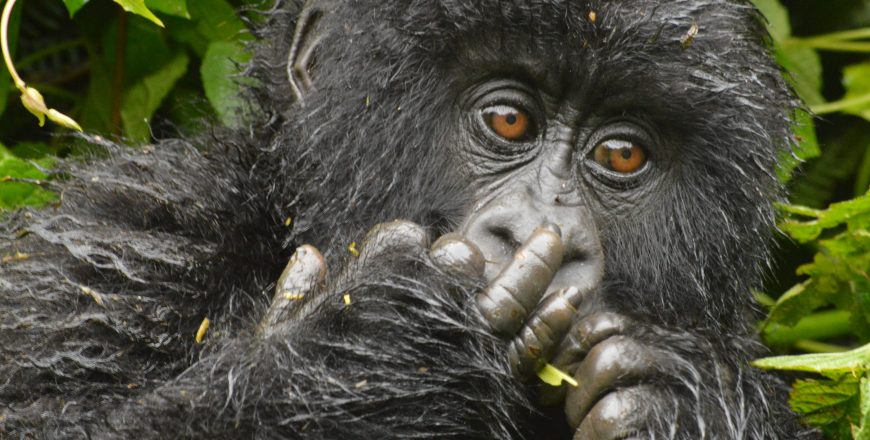Primates

These activities and worksheets are geared toward students, elementary through high school age, and their parents and teachers. They are organized by talking points—main themes and ideas that students are expected to learn during their school careers. The easier concepts are presented first. Each talking point has a few pages devoted to it.
There are five types of pages: TEACH, LEARN, SHOW, USE, and DO. The TEACH pages are for teachers and parents—it’s good to know the goals of these activities and how they relate to the Core Curriculum Standards. LEARN, SHOW, USE, and DO are the students. There are some fun facts and illustrations as well as materials to use while working on the activities.
Next to some questions and images, there are icons of animals. For example, questions about elephants will have an elephant icon next to them. These icons can be used as keys to link information between this set of activities and the Animal Cards and Animal Guide, available for download.
Kids of all ages can do some or all of the activities in this set. Older students will obviously be able to do these activities at a higher level than the younger ones. Younger kids might need help with instructions and to have someone read to them. But even children who are currently in kindergarten would be able to understand and do some of these projects and activities. For children too young to write, have them tell you stories instead. For those students who require some extra paper to write their stories, please give them as much as they want. Reading and writing about science is still reading and writing!
Kids of all ages can create their own imaginary primates and relate their characteristics to ideas they’ve learned about on these pages. Have fun!
The Prime Primate
Like no other set of Supermarket Science materials, the Primate set wants children to recognize themselves in the faces and behaviors of the animals they learn about here or during their visit to a local zoo. It’s important to take the time to examine the physical and social characteristics that make humans primates. Let the kids examine their own and their family and friends’ faces and hands. What senses are important to us? We all look different, but what characteristics make as all the same? You can use this time to develop a vocabulary with which to approach observation of other primates. Try to relate each observation back to the lives of the children.
How to Use the Talking Points
The talking points are the main ideas of the Primate curriculum—the ideas that your students will remember from your field trip to the zoo, or from watching a documentary, or just by learning interesting facts about primates. They are:
Looking in a Mirror: an introduction to basic characteristics of primates
Different Habitats, Different Primates: primate adaptations to habitat conditions
Living in Groups: primates as social animals
Living Together: an introduction to primate conservation efforts
Pick one or two talking points and use the question and answer format with your kids—try to let them figure it out, teach them how to observe. The easier concepts and questions are presented before the more difficult ideas. Try to relate the ideas back to the lives of the children. Humans are primates, too!
A short video explanation of what characteristics make a primate.
Humans are primates, too! How can you tell? This includes a 5-minute video of wild gorillas observing themselves in a mirror, placed in the middle of a forest.
These are a collection of activities that will help you remember what you've learned.
